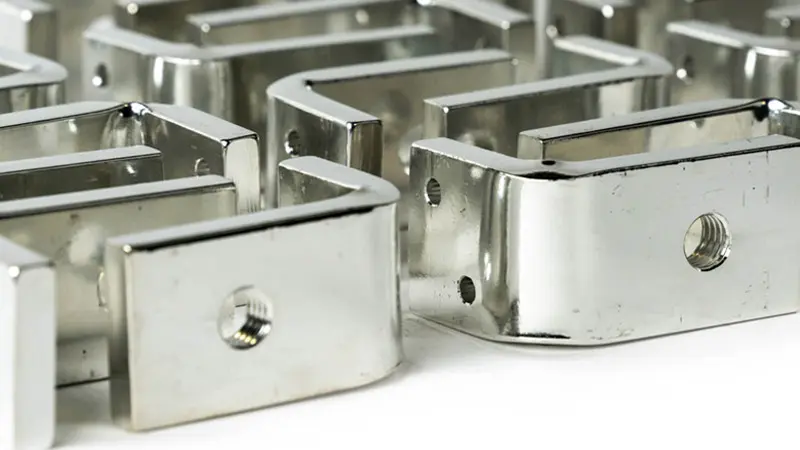
Bus Bar Manufacturers Discuss Differences in Aluminum Bus Bar vs Copper & Common Misconceptions
The evolution of bus bar over the past 50 years has allowed its use to surpass that of hard-wired power distribution. Over time the demand for aluminum bus bar vs copper has fallen significantly, particularly in industrial applications. However, with recent innovations in value-add bus bar services, as well as supplemental alloy combinations over purity, we’ve seen a noticeable shift – with demand moving back toward aluminum bus bar.
Despite the prevalence of copper and aluminum bus bar in their respective applications, there are still many misconceptions regarding the preconceived lack of value of aluminum. There are various arguments as to why copper bus bar may be better than aluminum bus bar; however, the truth is that either material will meet the required demands when properly installed and when designed to industry and environment standards.
Below, the EMS Industrial bus bar manufacturers address the most common differences between aluminum vs copper, as well as the misconceptions surrounding aluminum bus bar.
Bus Bar Strength
Some argue that aluminum bus bar cannot withstand electromechanical stress as well as copper bus bar. In reality, quality aluminum has plenty of tensile strength to withstand thermal expansion strain.
Depending on the alloying agents employed, the strength of aluminum itself can range from dead soft to mild steel.
Bus Bar Ampacity
Contingent on bus bar size, aluminum bus bar can handle currents up to 4000A, which is more than sufficient for many applications.
Bus Bar Conductivity
Aluminum bus bar conductivity is dependent on the alloy and temper. Pure aluminum conductivity is approximately 65.0% of IACS (International Annealed Copper Standard). In fact, when comparing the two materials, aluminum bus bar is twice as conductive as copper.
Aluminum bus bar conductivity can be reduced depending on its alloying agents. There are several alloying agents in aluminum bus bar that affect its conductivity in varying ways…
Minor Reduction: Nickel, Iron, Zinc
Greater Reduction: Copper, Magnesium, Silicon, Vanadium
Greatest Reduction: Titanium, Chromium, Manganese
Bus bar plating like tin and silver, on the other hand, can enhance conductivity.
Bus Bar Resistance
High quality, high strength aluminum can have mechanical resistance up to 530 Newton/mm2. Aluminum is fatigue resistant and corrosion resistant. Aluminum also offers easy corrosion removal with simple stripping.
Bus Bar Weight
Aluminum can be as much as 70% lighter than copper. The lightweight properties make aluminum bus bar installation so fast and easy that a single operator can do it. Aluminum bus bar weight properties not only allow for ease and convenience, but cost-savings as well.
Bus Bar Cost
Aluminum bus bar cost can be drastically lower than that of copper bus bar. Its lightweight properties can provide significant cost-savings in handling costs alone. Aluminum also offers high recyclability, which makes it far less likely to experience market fluctuations or supply scarcity.
When comparing copper bus bar vs aluminum, it’s important to remember that aluminum bus bar may provide a better, more cost-effective solution depending on application requirements.